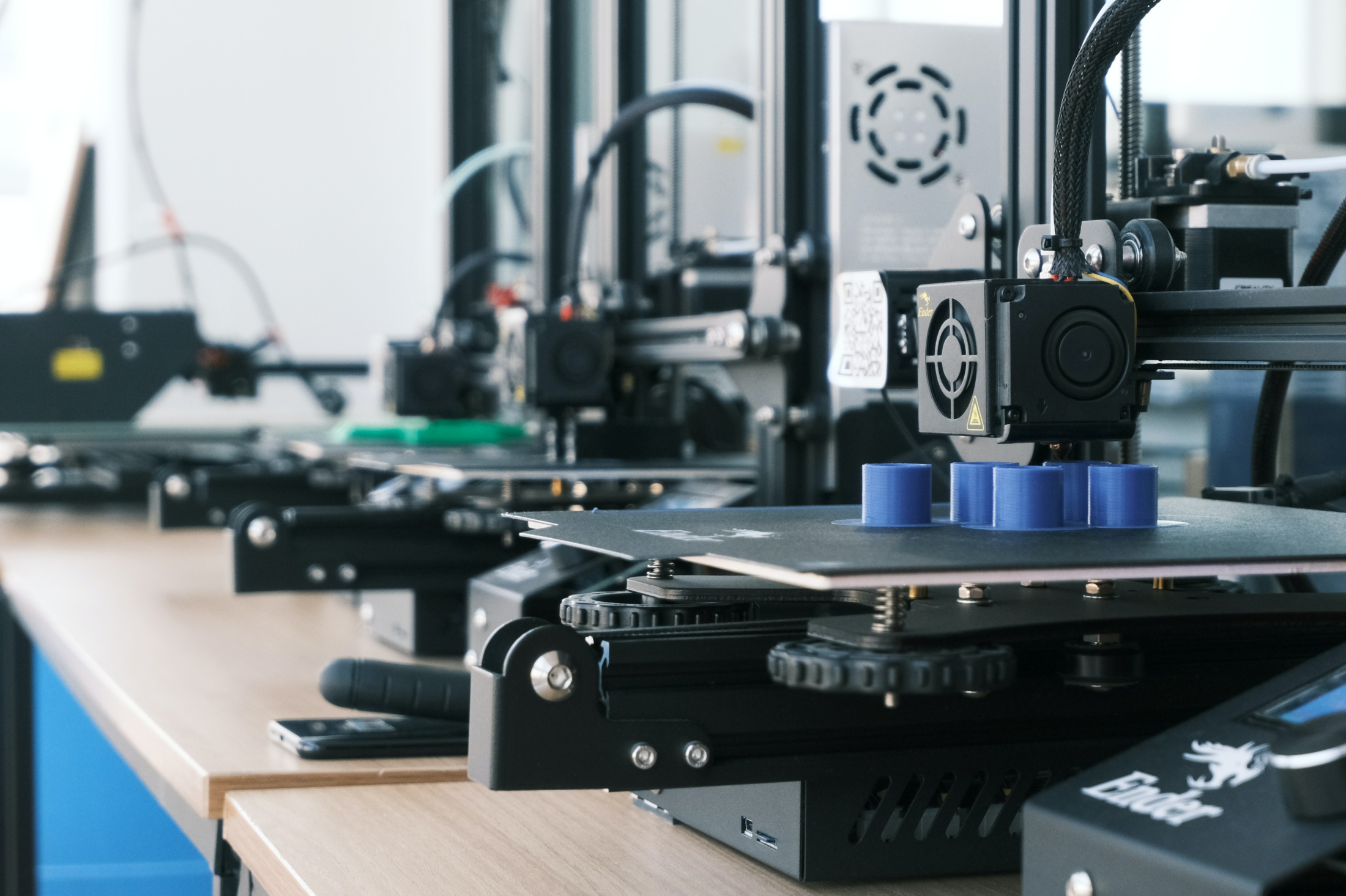As more people take the TIFIN Personality Financial Personality Assessment, it has become clear that a significant number of investors are passionate about ESG and putting their money where their minds are through Purpose investing. We recently sat down with Breakwave Advisors and Sea/Switch, partners in the ETFMG Breakwave Sea Decarbonization Tech ETF (BSEA), to understand how investors can express their views on ESG, climate change, and decarbonization through the shipping sector.
TIFIN Personality: What is “marine decarbonization” and why did you pursue it as a strategy?
Breakwave: The maritime industry currently accounts for roughly 3% of global carbon emissions, which is approximately the same as Germany, and faces intensifying regulatory, customer and other pressures to reduce its environment footprint. BSEA provides investor access to a diversified set of global companies that develop technologies, manufacture equipment or provide services related to marine or ocean decarbonization. We see investment potential in this space as companies involved in developing and commercializing these technologies could benefit from the growth of new sector initiatives aiming to reduce the environmental impact of the global maritime sector.
Decarbonizing shipping is not an easy task, but it will define future investment decisions in the global maritime space for decades to come. It’s estimated that shipping will require $1.4-$3.4 trillion of new investments according to the Global Martime Forum, including investment toward land-based infrastructure and production facilities for zero emission fuels.
TIFIN Personality: What regulations are driving this sea change (pun intended)?
BW: The International Maritime Organization (IMO), a specialized agency of the United Nations, sets the standards for the safety and security of global maritime activities. The IMO has implemented a strategy to achieve 50% overall reduction in greenhouse gas emissions by 2050 compared to 2008 levels. This is complemented by a near-term goal of 40% reduction in carbon intensity by 2030.
The strategy includes a specific reference to “a pathway of CO2 emissions reduction consistent with the Paris Agreement temperature goals.” Several governments, alliances and trade groups have been pushing the industry to shoot for an even more ambitious goal of zero emissions by 2050. In addition, EU has proposed to include shipping in its Emissions Trading Scheme (ETS) beginning on January 1, 2023.
[sc name=”cta-personality”][/sc]
TIFIN Personality: What are some of the challenges you see within the space?
BW: Naturally, there is a hesitancy towards incorporating new technologies in ships, as the long useful life of a ship combined with the uncertainty over the ultimate dominating low-emission technology has made owners more cautious of the required incremental capital investment towards shipbuilding projects.
The global nature of shipping means that the necessary investments will come from many different regions, making the maritime decarbonization space a global market opportunity.
TIFIN Personality: In which areas are you seeing notable progress?
BW: We’re already seeing action in several areas. Engine technology is a critical component to achieving decarbonization in shipping, and proof of concept is necessary to convince shipowners and operators of the reliability and efficiency of this new class of power. While batteries and fuel cells get plenty of attention for their potential to decarbonize ships, combustion engines can also be designed to use alternative fuels, such as biofuels, green ammonia and hydrogen. Green ammonia production is where the process of making ammonia is 100% renewable and carbon-free.
The geographic diversity and participation by major shipping and energy companies among green ammonia pilot projects demonstrates the potential that hydrogen and ammonia have as a future fuel choice. But, it is important to note these projects are still fully in the “pilot” stage and green fuels remain years away from being available in significant quantities.
The trend towards “green” newbuilding ships is already underway, with several new, low-emission vessels being recently delivered and growing vessel orderbooks.
TIFIN Personality: What would you say to investors seeking to learn more about this space?
BW: Part of our mission at Breakwave is to democratize shipping investment by educating the public about the industry and providing access to unique investment opportunities in the sector. Accordingly, we produce an expanding range of industry research and commentary both on marine decarbonization, as well as the dry bulk sector, which is investable via a sister ETF to BSEA, the Breakwave Dry Bulk Shipping ETF (BDRY). This research is available to everyone via our website – breakwaveadvisors.com. In addition, further information about BSEA and BDRY is available via our partner ETF Managers Group’s website at etfmg.com/bsea and etfmg.com/bdry.
Ready to help clients learn more about investing with Purpose? Book a Demo today.



